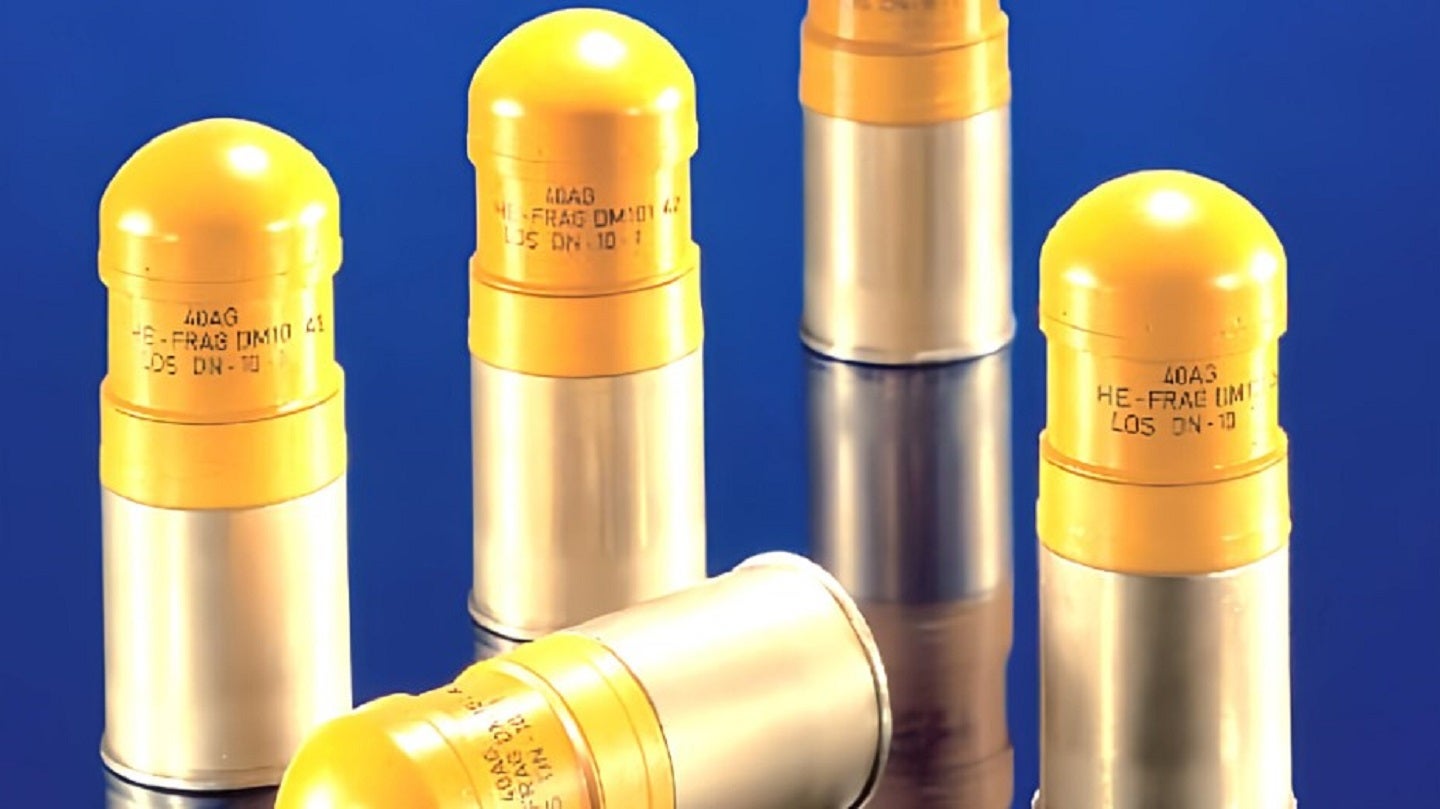
The European Defence Agency (EDA), an EU organisation designed to assess the defence capabilities of its 27 member states, has started its ‘Round Robin test’ to assess the safety and reliability of its member states’ ammunition.
The initiative is designed to compare test results obtained in different member states’ laboratories working on ammunition safety. The Round Robin test will ensure ammunition safety and reliability, especially after being in storage for many years.
Austria, Belgium, Finland, Germany, Netherlands, Norway and Poland as lead nation, are co-operating in this project by performing real fire testing and chemical testing.
This collaborative effort focuses on examining the properties of crucial elements such as propellant and explosive materials, with a specific goal of verifying potential degradation due to ageing.
Simultaneously, the results obtained will serve as a basis for comparing testing procedures across different laboratories in these nations and ensure the safety and reliability of this ammunition.
Europe mobilises
As Europe undergoes a period of mobilisation – by ramping up production to support Ukraine’s war effort with seemingly endless donations while refilling their own stocks – it has become more important to accrue vital insight into the state of the union’s ammunition supply.
Sustaining ammunition supplies to meet the voracious demand on the contient has grown exponentially, with the Russian invasion exposing Europe’s enduring vulnerabilities. By pooling resources and expertise, these nations are working together to address this critical concern.
Round Robin ammunition test
In a Round Robin test, the results from various laboratories are treated equally, focusing on the consistency of data and the establishment of reliable standards across different conditions. This approach helps ensure that reliable outcomes can be achieved consistently, regardless of the testing environment.
This test includes real fire testing by three participating nations, where muzzle velocity, chamber pressure, action time, dispersion and self-destruction time will be assessed.
This project has an estimated duration of eight months, and the outcome will be an important step to harmonise ammunition safety requirements, procedures and improve interoperability. Additionally, it is an excellent opportunity for ammunition laboratory benchmark procedures and best practices.




